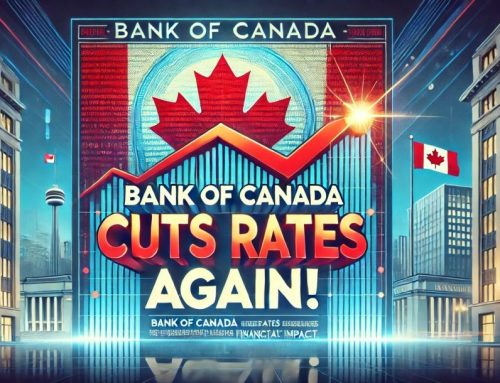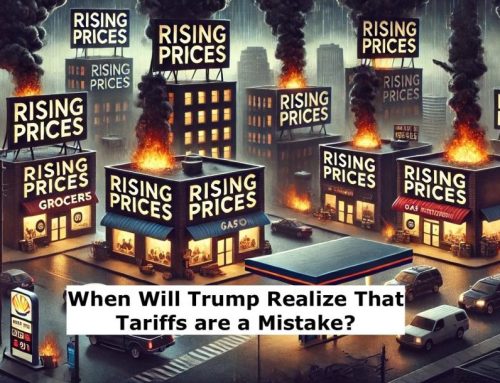With the gap between 5 and 10 year fixed mortgages narrowing, more and more people are starting to consider 10 year fixed mortgages. After all, mortgage rates are still quite low by historical standards. While short term outlook is for rates to continue to decline, long term outlook is for them to rise. For this reason, there are many who are considering locking in for a 10 year term to protect themselves against rising rates.
But is this a solid strategy?
Depending on your situation, there are currently 5 year fixed rates as low as 2.74%*. 10 year fixed rates can now be found as low as 3.24%…. which is the lowest 10 year fixed in history. In other words, 10 year fixed rates can be as much as 0.50% higher than the 5 year options.
So is it worth paying this premium on rate to secure it for the next 10 years?
Let’s take a closer look and see what this means in real numbers.
Let’s say you need a mortgage of $500,000 with a 25 year amortization. You are trying to decide between a 5 year fixed at 2.74% or a 10 year fixed at 3.24%. At the end of 5 years, you would be ahead $12,338.82 by choosing the 5 year option as opposed to the 10.
But what happens after 5 years?
We need to look at the break-even rate, which in this case would be 3.95%. This means that after 5 years, your new 5 year fixed rate (to round out the 10 years) would need to be higher than 3.95% for the 10 year fixed to have been the better choice. If rates are still lower than 3.95% at the time, then the 5 year fixed would have been the better choice from the start. This alone is a pretty big gamble. You are essentially betting $12,338.82 that rates will be higher than 3.95% in 5 years. If they are lower than this, then you lost the bet.
So if rates at the end of 5 years were higher than 3.95%, then that automatically means that the 10 year fixed rate would have been the better choice, right?
WRONG.
For there to even be a chance of the 10 year fixed working out for you, you would pretty much need to stay with the exact same mortgage for the full 10 years. That alone is a very big gamble, especially considering that most people don’t even make it to the end of a 5 year term, let alone to the end of a 10 year term. While you maybe be convinced that your new mortgage will suit your needs for the next 10 years, chances are strong that you will be wrong. Very strong. 10 years is a long time, and that is something we can all agree on.
Take a moment to think about where you were 10 years ago:
Where were you living?
Where were you working?
What was your relationship status?
How old were your kids?
Which movies were out at that time? (Avatar was the number one movie of 2009)
About 5 years ago, we were in a similar situation. 10 year fixed mortgage rates had dropped to record lows, and 10 year fixed mortgages were gaining in popularity. Many who chose the 10 year fixed have since broken their mortgage. I’ve seen people break a 10 year mortgage as soon as one year into it.
Another thing to consider is that both banks and brokers often make more money for selling 10 year mortgages, so they may sometimes try to push you into them. Be conscious of this fact if someone is trying to push you into a 10 year term.
Other options after 5 years
While 5 year fixed rates may very well be higher in 5 years than they are now, I would not expect them to start skyrocketing any time soon. Even if 5 year fixed rates were higher than 3.95% 5 years from now, there still may be more attractive options at that time. Perhaps variable rate mortgages will become popular again, or there may be more attractive shorter-term options.
Where will we be in 5 years? No one can say for sure. No matter how you slice it, a 10-year mortgage can be a pretty big gamble. You may win, but chances are strong that you will not. The question is…. Are you the gambling type?
I go into more detail on 10 year fixed mortgages in my Amazon #1 best selling book, Beat the Bank – How to Win The Mortgage Game in Canada.
*The 5 year fixed rate of 2.74% is available on high-ratio insured mortgages (less than 20% down payment), or for purchases or switches with 35% or greater down payment/equity. The property value must be under $1 million OR property must have been purchased prior to November 30th, 2016 to be eligible. Maximum amortization is 25 years.








Leave A Comment